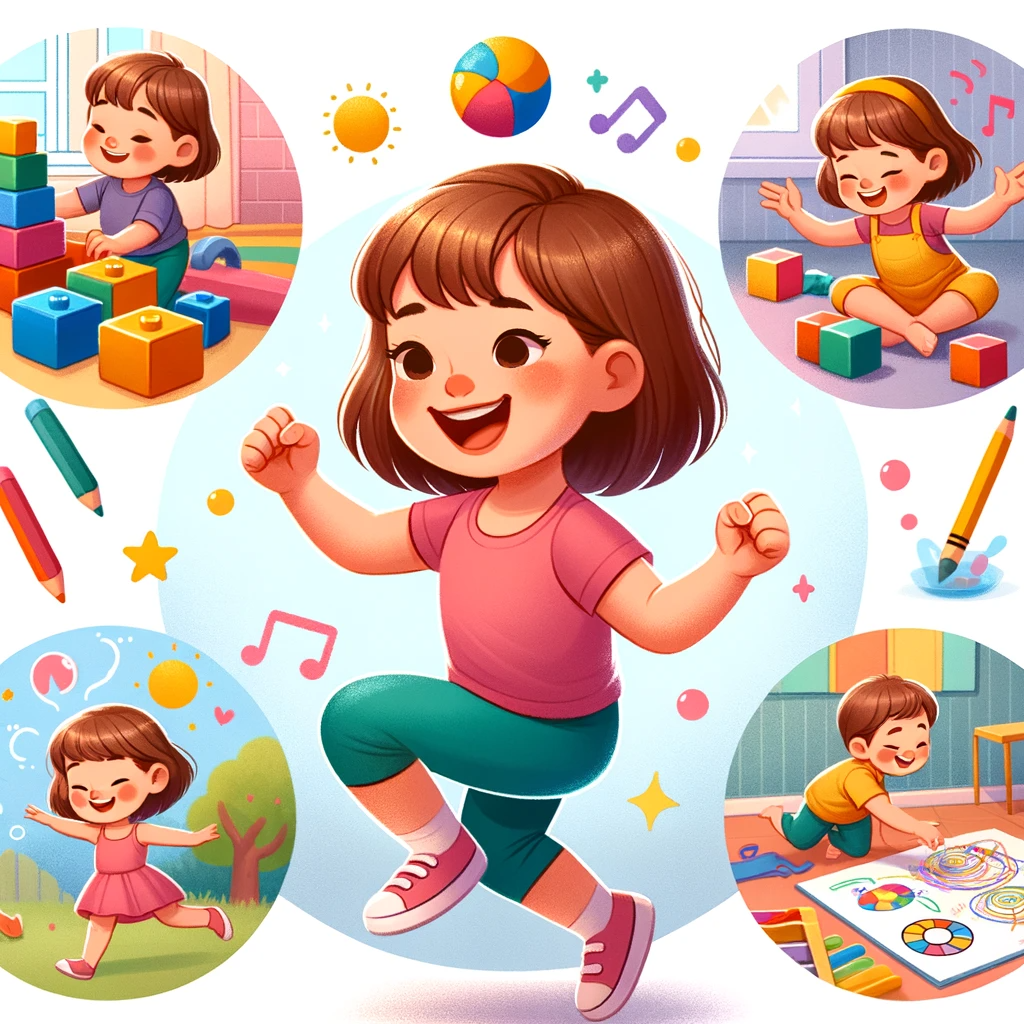Nurturing Spatial Awareness in Early Childhood

Introduction: In the fascinating journey of child development, the concept of spatial awareness often goes unnoticed yet plays a critical role. Spatial awareness, the understanding of one's own position in space relative to objects or other people, is fundamental in a child’s early development. This blog post delves into why nurturing this aspect of development is crucial and how parents can effectively support their children in this area.
Understanding the Basics: Spatial awareness is more than just a physical understanding; it's the foundation upon which children build their perception of the world. It begins with body awareness, where young children learn about their body parts and their positions. This awareness is critical for developing coordination and a sense of personal space.
1. Body Awareness - The First Step: It all starts with body awareness. From a young age, children engage in countless movements that gradually help them understand their body parts and how they work together. Simple activities like playing, running, and even interacting with objects contribute to this understanding. As parents, encouraging these activities is key to developing a strong sense of body awareness in children.
2. Spatial Orientation - Navigating the World: Once children have a grasp of their own bodies, they begin to understand their position in space - this is spatial orientation. For example, understanding concepts like 'in front of' or 'behind' helps children navigate their environments more effectively. This understanding is crucial for everyday tasks and is a stepping stone to more complex spatial concepts.
3. Spatial Relationships - Interacting with the Environment: Understanding spatial relationships involves comprehending how different objects relate to each other in space. This skill is essential for activities like puzzle solving, playing with blocks, and even in social interactions. It helps children in understanding concepts like distance and direction, which are vital for their cognitive development.
4. Visual-Motor Integration - The Harmonious Collaboration: Visual-motor integration is the ability to coordinate body movements based on visual input. This skill is essential for tasks like writing, drawing, and playing sports. It requires a blend of fine and gross motor skills, which children develop through various activities, including arts and crafts, sports, and even simple games.
Tips for Parents:
- Engage your child in activities that require movement and coordination, such as obstacle courses or dance.
- Use everyday opportunities to teach spatial concepts. For example, while setting the table, you can talk about the position of utensils.
- Encourage playing with puzzles and building blocks to enhance spatial relations skills.
- Be patient and provide consistent opportunities for your child to explore and interact with their environment.
Conclusion: Developing spatial awareness is a crucial part of a child's overall growth. As parents, understanding and actively engaging in activities that promote this development can lead to more well-rounded and confident children. Remember, each child develops at their own pace, and every experience, no matter how small, contributes to their spatial understanding.